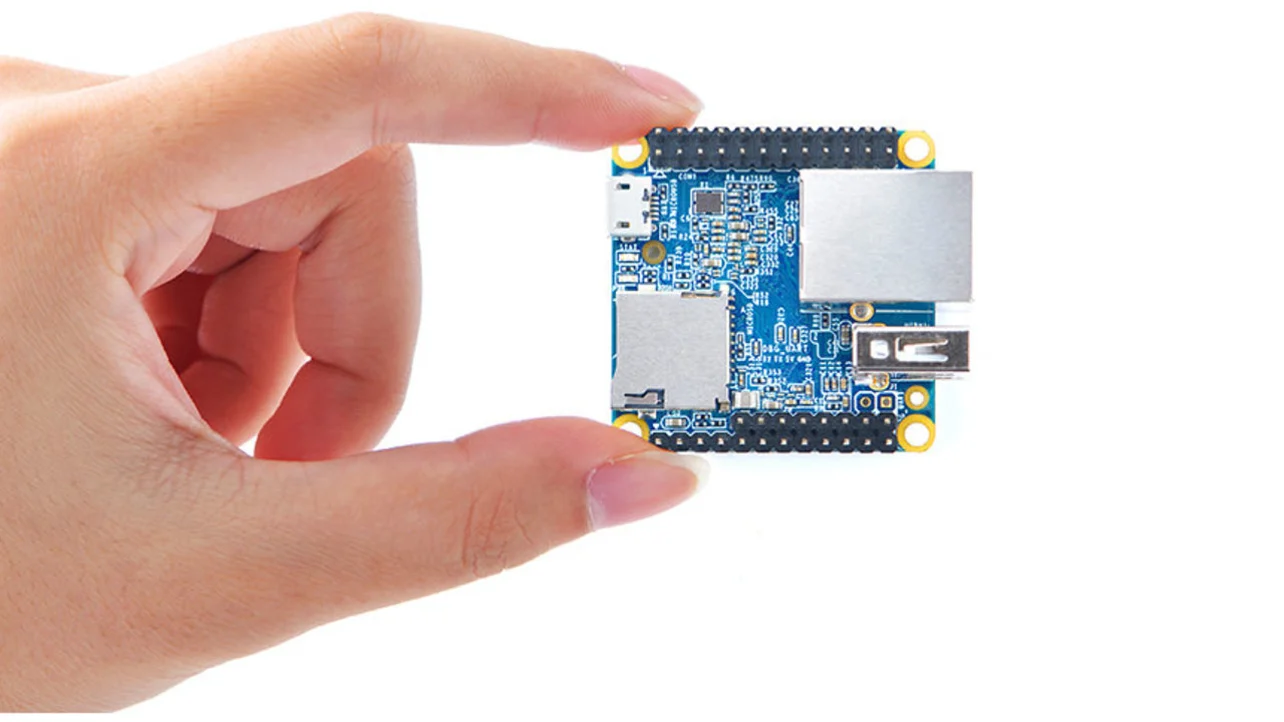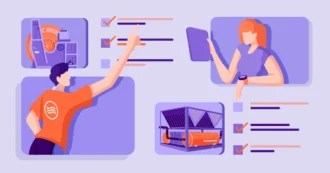Tiny Single Board Computer (SBC) as a Rapid Prototyping and Development Platform
The Internet of Things (IoT) is one of the most promising technologies in recent years and brought unprecedented opportunities for businesses in all industries to harness the power of data and use it to drive better business results.
With IoT and an influx of data came challenges with processing and analyzing data, managing communications and interactions, and remote monitoring capabilities.
Developers sought new solutions to address these challenges, including single board computers (SBCs) as a foundation of design. During high-volume production, however, there can be irreversible flaws and problems that impact deployment and time-to-market.
Prototyping solves these problems. With an SBC as a rapid prototype and development platform, developers can test proof of concept and tweak designs for better success before they enter into full-scale production.
Understanding Rapid Prototyping
Rapid prototyping is used to create a sample of a product before full-scale production. IoT development starts with the hardware, then the software, then the firmware. Hardware and software designs and components need to be cohesive for full functionality.
Without this inherent functionality, developers can struggle to find the right components, often setting off chain reactions of having to tweak more and more design aspects, building again, rebuilding, and on and on, until they’ve run out of time and budget.
Hardware is a good starting point and serves as a foundation for the rest of the product. As long as the development board functions as it should, software and firmware are easier to integrate successfully.
Some developers take the approach of building hardware and software at the same time, adding, removing, and tweaking components until they get the finished product they want. As they make these changes, the software and hardware components need to be tested.
In addition, many teams work with remote teams. If the team members involved in the project are a great distance from each other, but engineers need their own prototype board to work on their aspect of the project. Each board will need to be made, purchased, and shipped to each member of the team, adding unnecessary expenses and time to the project.
Of course, boards can be printed with a shared design, but that means that all members of the team have to have a 3D printer and time to create the design. This may be cheaper and a little faster than buying and shipping prototypes, but it still impacts the project.
Ready-made SBCs, such as i.MX 8 single-board computers (SBC), can solve the problem. Much cheaper than a specially made prototype, all members of the team can purchase and use identical boards and components, often in their own location. These boards also require no additional time or design efforts.
How Prototyping Benefits IoT Development
Often, rapid prototypes are regarded as cheap and low quality, likely due to how quickly they’re produced. Developers can leave out important design features in the process, creating more problems and time than they would if they chose a specially made prototype.
This couldn’t be further from the truth. Rapid prototyping is affordable, but it’s not low quality. Using a rapid prototype gives developers flexibility and creative freedom to evaluate and fine-tune a design at any stage of the process, collaborating with team members, and optimizing the design for a better final product.
Developers can also use design thinking to explore different design options individually with A/B testing and collect real-time feedback. They can also collaborate with the full team and brainstorm and workshop ideas until they get the desired result.
Prototyping is much faster than specially made solutions as well, reducing time-to-market. To many, verifying the design before full production is intended to save time, but a flaw in the design that makes it to production adds incredible delays and money to the process. A prototype ensures the design is optimized and functional before it proceeds to full production.
Benefits of Single Board Computers
An SBC, such as the i.MX 6, is a complete and functional computer that has a microprocessor, input/output (I/O) functions, memory, and other components that are found in conventional computers. RAM can be included at the preferred amount.
Personal computers and supercomputer networks are complex, so it may seem counterintuitive to invest in a device that’s simple. There’s elegance to the simplicity of SBCs, however – these boards are often used in smartphones, tablets, and other consumer electronics, as well as IoT devices.
SBCs are also prone to fewer problems than complex computers, thanks to the stripped-down design. They aren’t as vulnerable to downtime, mechanical failures, or other flaws that can significantly impact processes. With this benefit, SBCs are often used for critical systems like missile guidance systems, traffic light controllers, medical devices, and anti-lock braking and stability control systems.
Ultimately, SBCs are reliable, which is necessary for IoT devices.
Choosing an SBC for Rapid Prototyping and Development
Choosing an SBC for rapid prototyping depends on the requirements and specifications of the project, which should guide the components and desired functionality. Board compatibility is designed alongside software and firmware.
IoT boards also require connectivity. These devices need strong connectivity to perform as intended, so the board must support the level of connectivity necessary for proof of concept. Options for Wi-Fi, Bluetooth, and Ethernet are vital.
The peripherals for the features on the board are also vital. SBCs have near-limitless configuration options and scalability, so it’s important to choose the best features at the start and address project specifications.
Some of these may include pin-outs for pulse width modulation or buses for serial protocols like SPI or I2C. USB and HDMI ports should also be considered. Keep the overall project needs in mind and consider peripherals that may be necessary for its specifications.
CAD format, KiCAD design files, and Gerber files are useful for outlining and archiving the final design for full-scale production.
Rapid Prototyping for Project Success
Ready-made SBCs are the perfect platform to get proof of concept and create rapid prototypes before moving to full-scale production. Many SBCs, including i.MX 6 single-board computers (SBC), come with basic MCU and wireless components that allow the prototype to move into production after testing, boosting time-to-market and efficiency of remote, collaborative teams.
Author Bio: Jason Khoo
Jason is the Head of SEM at SolidRun which is a global leading developer of embedded systems and network solutions, focused on a wide range of energy-efficient, powerful and flexible products which help OEMs around the world simplify application development while overcoming deployment challenges

















